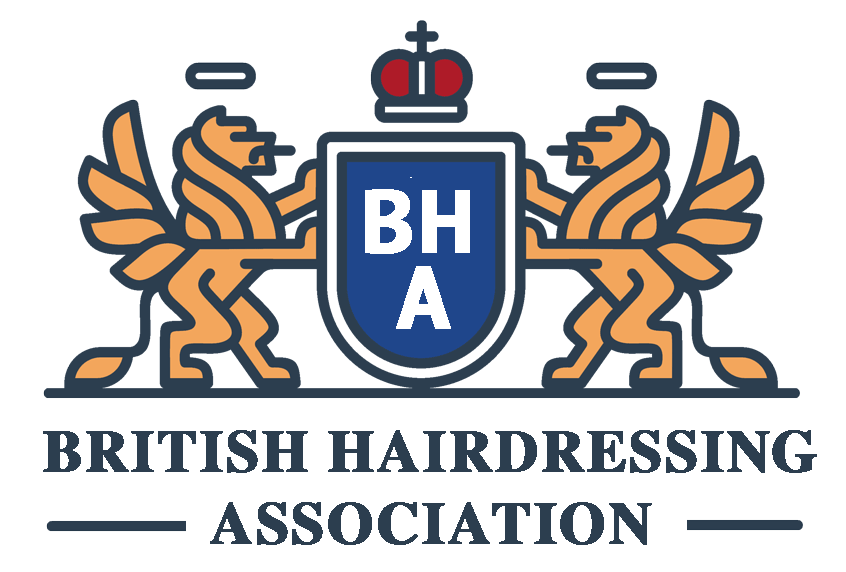A Comprehensive Guide to Licensing Requirements and Certification for Hairdressers in the UK
Are you a talented hairstylist looking to establish your career in the United Kingdom? Understanding the licensing requirements and certification process is crucial for success in the hairdressing industry. This comprehensive guide will walk you through the necessary steps to become a licensed and certified hairdresser in the UK.
1. Obtain the Right Qualifications:
To kickstart your career, it’s essential to receive proper training and qualifications from a reputable hairdressing school. Look for accredited courses that provide extensive theoretical knowledge as well as practical experience. Top-notch education will give you an edge in the competitive hairdressing market.
2. Choose the Right Licensing Body:
After completing your training, it’s necessary to join a recognized licensing body. The two major organizations for hairdressers in the UK are the Hairdressing and Beauty Industry Authority (HABIA) and the British Association of Beauty Therapy and Cosmetology (BABTAC). Choosing the right body will ensure your qualifications are accepted nationwide and provide access to industry updates and support.
3. Licensing Application Process:
Once you’ve selected your preferred licensing body, you must lodge an application with them. This usually entails filling out an application form and submitting relevant documents, such as your qualifications, proof of age, and references. The application process may also involve a fee, so be prepared for this.
4. Health and Safety Regulations:
Safety is paramount in the hairdressing industry. As part of your licensing requirement, it’s essential to understand and comply with health and safety regulations. This includes proper sanitation practices, handling of chemicals, use of personal protective equipment, and understanding fire safety precautions. Familiarize yourself with the Health and Safety at Work Act 1974 to ensure a safe working environment for yourself and your clients.
5. Continued Professional Development (CPD):
To maintain your license and stay up-to-date with industry trends, ongoing professional development is vital. Participate in workshops, seminars, and conferences to enhance your skills and knowledge. Attend trade shows and exhibitions to explore new products and techniques, network with fellow professionals, and stay ahead of the competition.
6. Specialty Certifications:
The hairdressing industry offers numerous specializations, such as cutting, coloring, styling, and extensions. While a basic license allows you to practice as a general hairdresser, obtaining specialty certifications can increase your credibility and attract more clients. Consider pursuing additional training and certifications in your chosen area of expertise to differentiate yourself from the crowd.
7. Insurance Coverage:
As a professional hairdresser, it’s crucial to protect yourself and your clients by obtaining appropriate insurance coverage. Public liability insurance will safeguard you in case of accidents or injuries that may occur during hairdressing services. Discuss your insurance needs with reputable providers to ensure you have adequate coverage.
In conclusion, becoming a licensed and certified hairdresser in the UK requires dedication, education, and ongoing professional development. By following this comprehensive guide, you’ll be well-equipped to navigate the licensing requirements, comply with regulations, and build a successful career in the hairdressing industry. Embrace continuous learning, stay updated with industry trends, and deliver exceptional service to establish your reputation as a skilled and trusted hairdresser.


